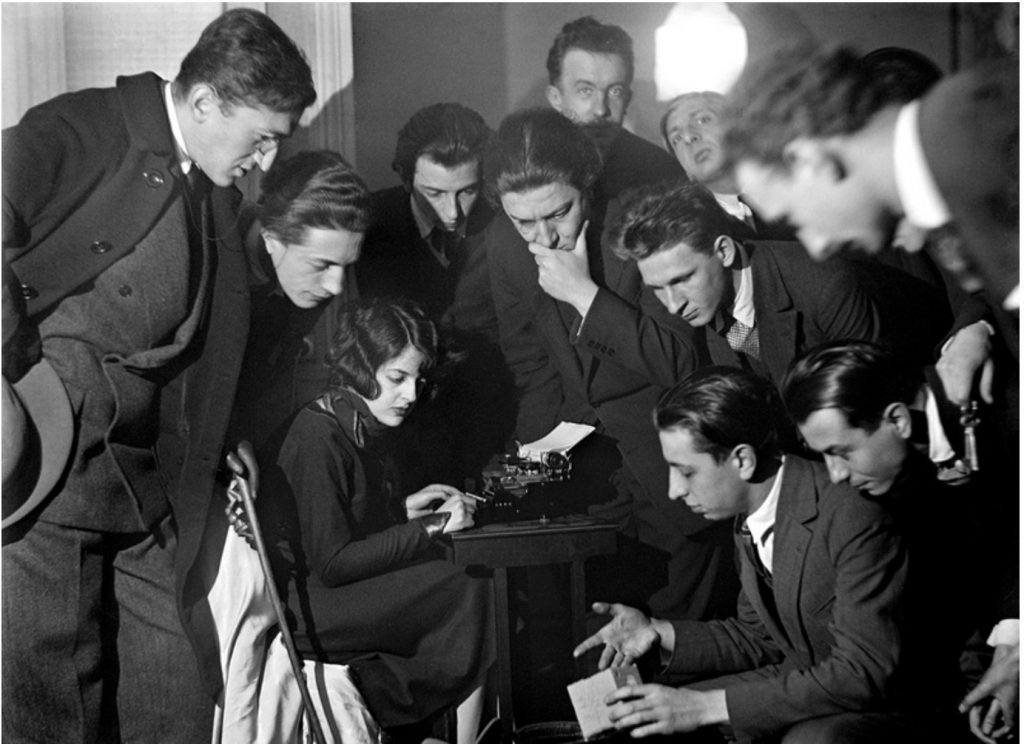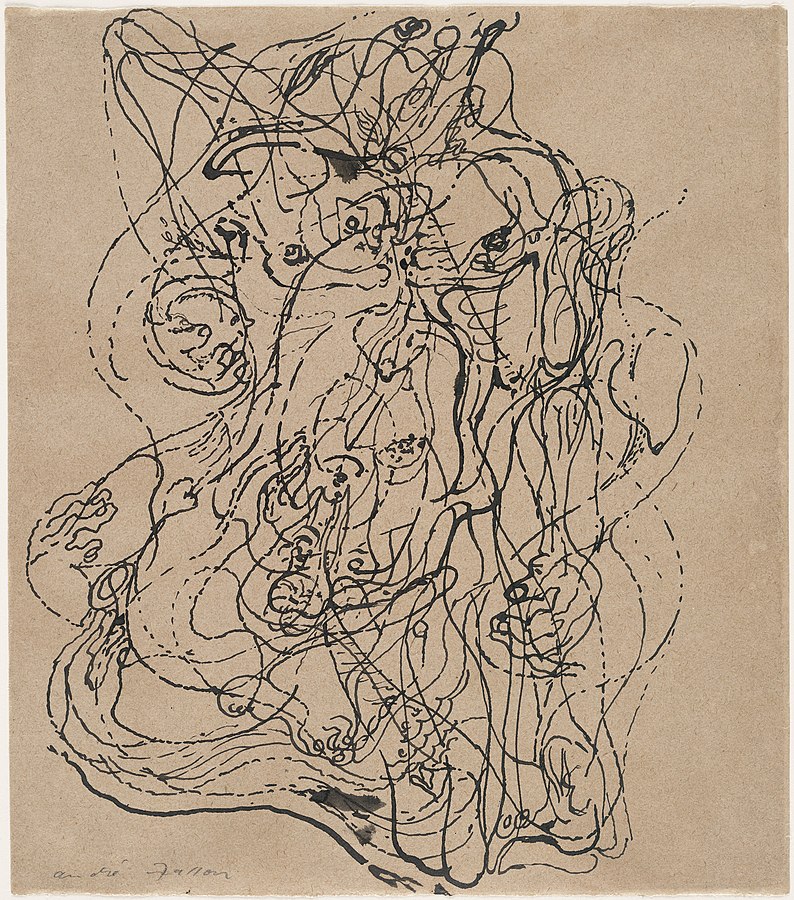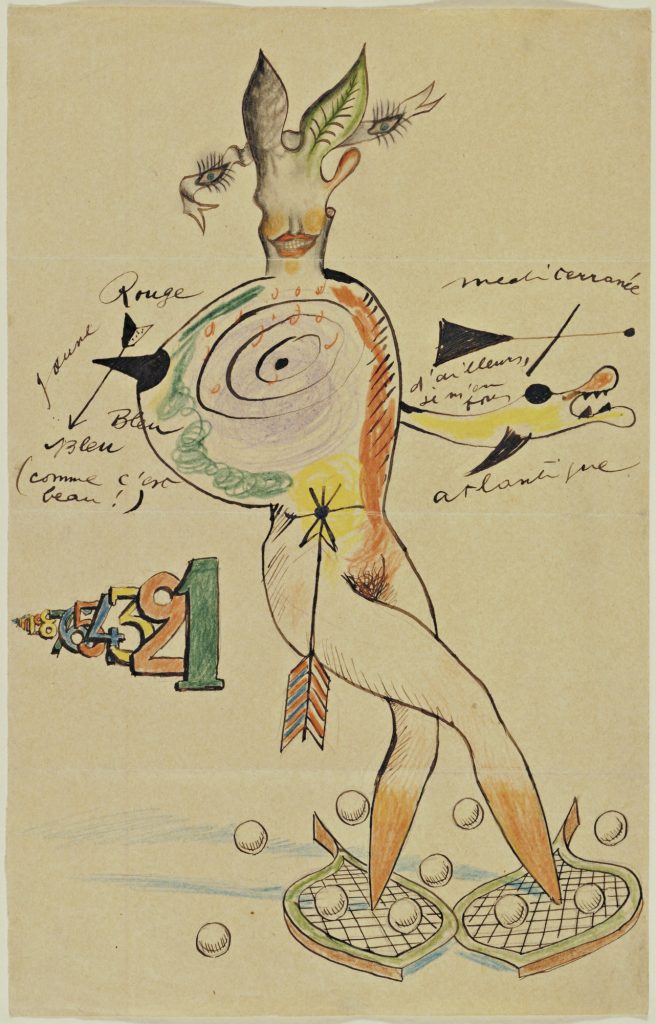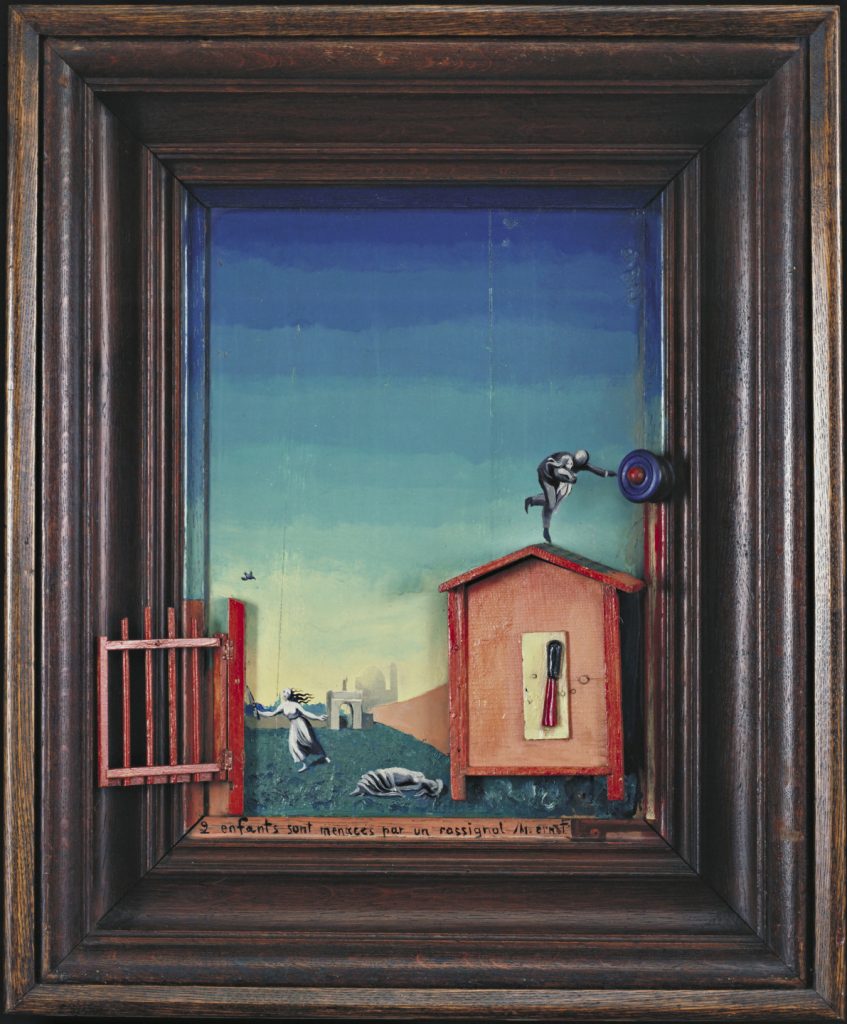Surrealist Meret Oppenheim in 5 Artworks
Exploring five works by female Surrealist Meret Oppenheim
Candy Bedworth 26 September 2024
In 1924, André Breton defined a completely new word – Surrealism – in his First Manifesto of Surrealism. It wasn’t a trend in art or literature, but rather a way of life, he explained. Based on his dictionary-like entry on Surrealism, I compiled a short manual that can help you follow this philosophy and become a full-time Surrealist.

Man Ray, Séance de Rêve Éveillé (Waking Dream Session), 1924, Institute of Contemporary Arts at NYU, Shanghai, China. Courtesy of Man Ray Trust / ADAGP – Pictoright / Telimage.
SURREALISM, n. Pure psychic automatism through which it is intended to express, either verbally or in writing, or in any other manner, the true functioning of thought.
Surrealist Manifesto, “Éditions du Sagittaire”, 1924, Paris, France.
A group of friends, who later became Surrealists, influenced by the groundbreaking studies of psychoanalysis of Sigmund Freud, searched to unlock the potential of the unconscious and imagination. The “true functioning of thought” was in other words a way how our minds work, how we make different associations and how our subconscious shapes us. Therefore, psychic automatism was a way to explore this functioning. In order to explore their minds, the Surrealists would meet together for “Waking dream” seances in which they drove each other into trances. They took different drugs, didn’t sleep or eat for days – all of this in order to explore the unknown areas of mind and soul. The evidences for these experiments were their artworks: paintings, drawings, and writings.
Directions:
1. Find a group of mind-like friends and lock yourselves up in a room where you can be undisturbed for the next 24 hours.
2. Start playing some weird music; a cacophony of random sounds would be the best.
3. Deprive yourselves of sleep, food, drink, bathroom… You can speak or stay silent. Just do things that your minds suggest to you. No pressure, take it easy!
4. Keep a record of your creations: write, sketch, knit; whatever you feel.
Psychic automatism (…) is dictated by the thought, in the absence of any control exercised by reason, exempt from any aesthetic or moral concern.
Surrealist Manifesto, “Éditions du Sagittaire”, 1924, Paris, France.

André Masson, Automatic Drawing, 1924, Museum of Modern Art, New York, NY, USA.
Surrealists didn’t want their art to have a motto neither an important social message nor a historical theme. They didn’t want their art to be controlled by a plan. They believed that our reason suppresses the subconscious. Therefore, they tried to avoid thinking about making art while making it. Have you ever been doodling while on the phone? Well, this is exactly the thing that André Masson was doing to make his series of “Automatic Drawings”. He focused on doing something else, like talking on the phone, listening to the radio or music and he doodled. In the end, he looked at his drawings and waited for the first association that his mind would suggest to him. This was his subconscious speaking to him.
Directions:
1. Start talking on the phone or doing another activity that leaves you with your hands-free.
2. Start doodling.
3. Look at the drawing and let your mind draw free associations.
Surrealism rests on the belief in the superior reality of certain forms of previously neglected association, in the omnipotence of the dream, in the disinterested play of thought.
Surrealist Manifesto, “Éditions du Sagittaire”, Paris, France 1924.

Nude, Cadavre Exquis with Yves Tanguy, Joan Miró, Max Morise, Man Ray, 1926-27, Museum of Modern Art, New York, NY, USA.
The Surrealists stressed the idea of the Revolution, a revolt of the subconscious – the “superior reality” against reason. It was a revolution freeing the realm of dreams and associations (also sexual ones) imprisoned by conventions and rules. For them, dreams had to be moved to the foreground of our lives and the life of society.
Another artistic form of reliving automatic sensations was the collective drawing of a cadaver exquis (exquisite corpse) – a game and also a technique developed by the surrealist circle around the 1920s. All you need is a sheet of paper. Each participant writes or draws anything that automatically comes to their mind on a folded piece.

Max Ernst, Two Children are Threatened by a Nightingale, 1924, Museum of Modern Art, New York, NY, USA.
Max Ernst painted this surrealist painting when in bed with measles. He had a fever dream which was “provoked by an imitation-mahogany panel opposite his bed, the grooves of the wood taking successively the aspect of an eye, a nose, a bird’s head, a menacing nightingale, a spinning top, and so on.” Before he made the painting, he wrote a short poem: “At nightfall, at the outskirts of the village, two children are threatened by a nightingale.”.
Directions:
1. Keep a notebook or a sketchbook by your bed.
2. As you fall asleep or start waking up, grab a notebook to record images that are in your mind.
3. Never block your subconscious with typical and conventional thinking: don’t be a conformist; fight in the revolution of the minds!
DailyArt Magazine needs your support. Every contribution, however big or small, is very valuable for our future. Thanks to it, we will be able to sustain and grow the Magazine. Thank you for your help!